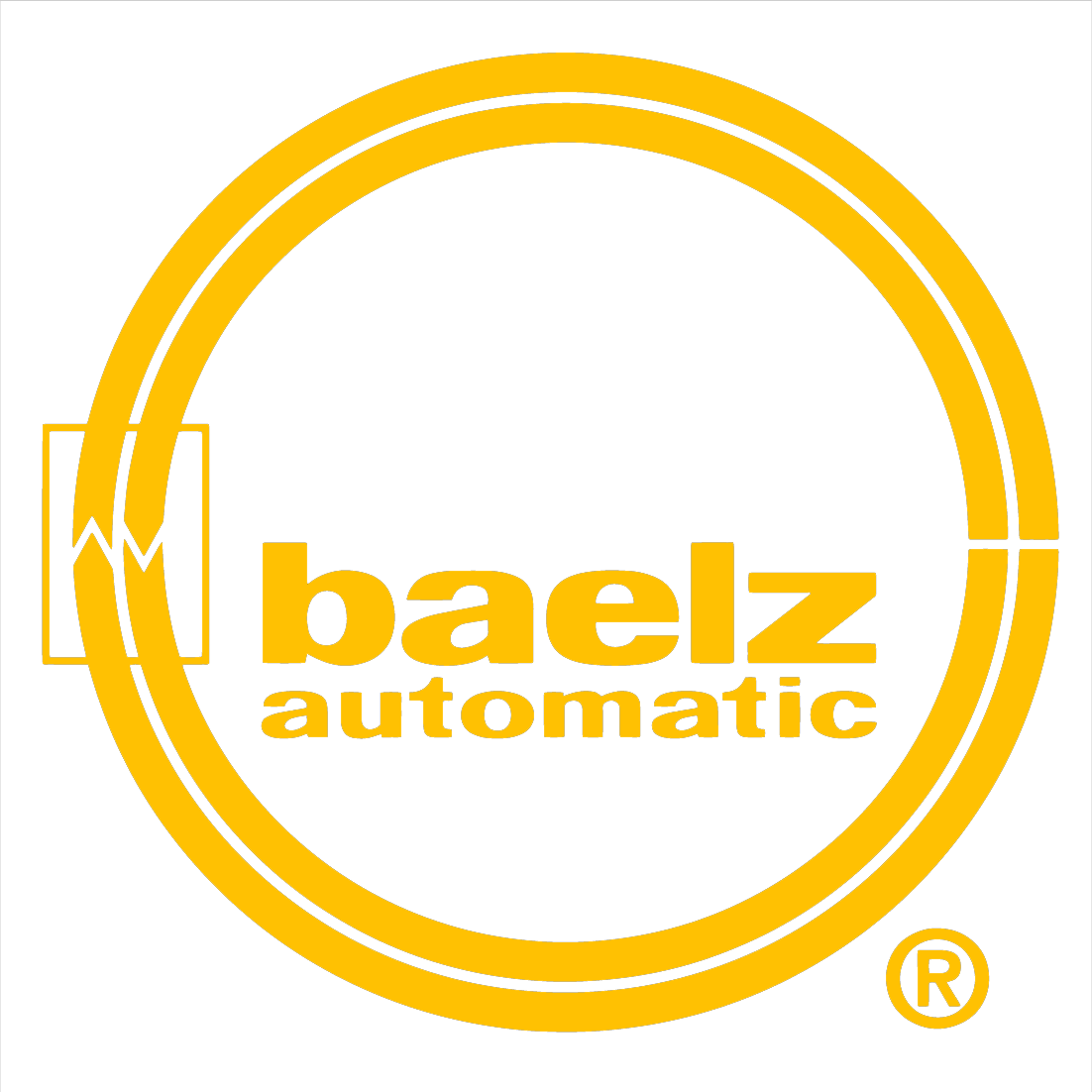Control valves play an essential role in the fluid handling and processing equipment of a wide range of industries. For this reason, it is important to keep them properly maintained and repaired. Otherwise, there is a risk of component failure, which can lead to unplanned downtime and, in severe cases, system damage or breakdown.
The first step in control valve maintenance and repair operations is inspecting and testing the valves. The results of these evaluations help determine whether maintenance/repair work is needed and, if it is, what type of work is needed. Read on to learn about what to look for when inspecting control valves.
 Signs a Control Valve Needs Repair or Replacement
Signs a Control Valve Needs Repair or Replacement
During valve inspection operations, there are a number of issues that indicate a valve requires maintenance, repair, or replacement. Some of the key indicators include:
Valve Chatter
You may notice a noise emanating from the valve body due to spindle or plug vibrations. This noise is known as valve chatter. Over time, valve chatter vibrations can wear down various components.
Valve chatter can occur for several reasons. One of the most common is improper orientation or sizing. The valve plugs bounce within the body of the valve due to return spring pressure and conflicting flow, causing audible vibrations. Resolving this issue requires the reorientation of the valve or the replacement of the existing valve with a properly sized one, both of which can be costly depending on the amount of time required to shut down the system, drain the system, move or replace the valve, and refill the system.
Fluid Leakage
Fluid leakage can lead to many problems within a processing heating system. Examples include pressure loss, unstable pressure, component damage, and material contamination. All of these issues can lead to system damage or failure if left unchecked.
Similar to valve chatter, there are many reasons for fluid leakage, such as loose or damaged valve components or improperly sized or rated valves. Preventing this issue from occurring necessitates regularly performed maintenance and carefully completed repair work.
Seized Plugs or Spindles
Actuation in control valves is dependent on the movement of the plug and spindle. Seized plugs/spindles hinder or stop actuation, which can lead to issues with fluid flow, pressure, temperature, and other conditions.
There are three main reasons for seized plugs: damage to the internal valve body, damage on the valve plug, or debris in the process fluid. By conducting maintenance on the system, the valve and its components, you can largely avoid these issues.
Actuator Failure
The opening and closing of a control valve are dependent on the actuator. If the actuator fails, the valve can no longer operate as intended within the system.
The cause of failure and the solution depend on the type of actuator. In electric actuators, the most common causes include motor failure or electrical issues, and the best solution is to replace these parts or the existing actuator in its entirety.
Trust the Professionals at Baelz NA for Your Control Valve Inspection Needs
If you suspect your control valves need repair or replacement, turn to the experts at Baelz NA. Our team can help you diagnose your valves, determine the right course of action (i.e., repair vs. replacement), and follow through on the solution. We maintain an inventory of various replacement components to provide quick solutions for our customers, including:
- Full replacement valve bodies
- Stainless steel plugs
- Stainless steel spindles
- Stainless steel bellows kits
- Stuffing boxes
- Pneumatic diaphragm kits
- Electric motors, power supplies, etc.
To learn more about our control valve inspection capabilities or discuss your control valve problems with one of our experts, contact us today.
